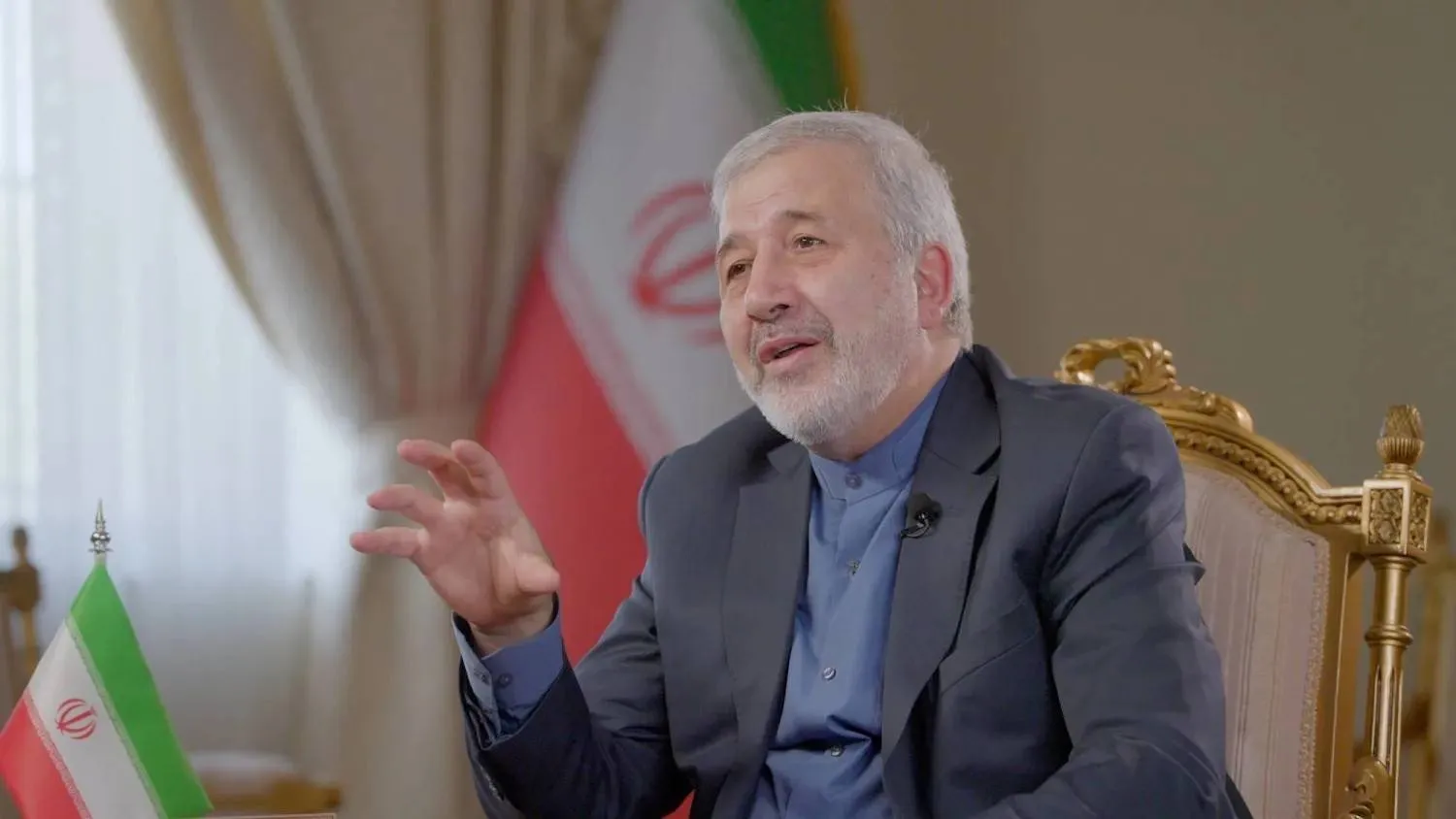With a warm smile and a calm tone, Dr. Alireza Enayati, Iran’s ambassador to Saudi Arabia, reflects on nearly two years in Riyadh, describing a personal journey shaped by culture, cuisine, and diplomacy.
“I’ve visited different regions and tasted traditional Saudi dishes,” Enayati told Asharq Al-Awsat in an interview. “Jareesh –a dish made from cracked wheat and cooked with meat, spices, and vegetables– has become my favorite—I choose it over mandi and other dishes on any occasion.”
According to the Iranian envoy, the two countries share more than just geography. “There are many common dishes between Saudi Arabia and Iran,” he said.
But food is only one layer of the ambassador’s experience. Enayati, who has spent over two decades immersed in Middle East diplomacy, sees deep historical ties binding the region’s peoples together.
“I recently read Al-Hadaqi, a novel about Al-Jahiz—Abu Uthman Amr ibn Bahr—and his life between Baghdad, Basra, and Iran. It left me with a strong sense that the relationships among peoples in this region go far back in history,” he said. “Reading it felt like tracing our steps backward to better understand the present.”
“These are not new connections,” he added. “We’re not creating the relationship—we’re nurturing what has always existed. The cultural and civilizational dialogue has never ceased.”
His comments come against the backdrop of a thaw in relations between Tehran and Riyadh, after both sides agreed in March 2023—under Chinese mediation—to restore diplomatic ties following a seven-year rift.
The ambassador pointed to culinary overlaps as another reflection of cultural convergence. “Stews, for example, are common in both countries,” he said. “Jareesh is part of Iranian culture too, as are lamb and camel meat. And as everyone knows, kebab originated in Iran, but it’s also very popular here in the Kingdom.”
Enayati has built his career around the region. “I’ve spent more than 20 years working on regional affairs and never served outside this part of the world,” he said with a smile. “I’m not sure if that’s a strength or a limitation, but my focus has always been here.”
Appointed to Riyadh as part of a diplomatic breakthrough, Enayati said he is proud to represent Iran in Saudi Arabia. “It’s a great honor. I dedicate my efforts to enhancing bilateral ties and supporting regional peace and stability.”
Looking ahead, Enayati hopes to help build stronger cultural bridges—not only between Saudi Arabia and Iran, but across the broader region. “Arabic and Persian cultures both occupy a distinguished place,” he said. “We must deepen mutual understanding between them.”
He concluded with a nod to Tehran’s long-term vision for cooperation with Riyadh. “Iran and Saudi Arabia are both pillars of regional stability,” he said. “This region belongs to its people, and we view our relationship with the Kingdom through that lens.”







